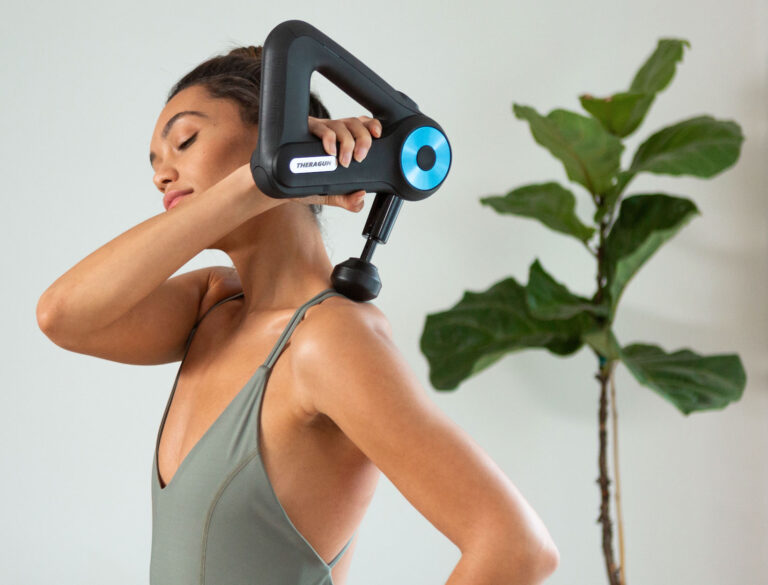We’ve all been there, after a grueling workout, your muscles and body might feel worse for wear. But, little did you know, when your muscles are recovering, this is really when the magic starts to happen. Using muscle recovery equipment and hopping on that latest gym accessory trend – the foam roller can help you to feel flexible and improve your range of motion when your body is recovering. Correctly allowing time for your muscles to recover will allow your body to change and adapt to the stress you put it under, helping you reach your fitness goals! Read on to find out how using muscle recovery equipment can help to speed up the recovery process and get you back on your feet much quicker!
Common sports that muscle recovery equipment can be used in
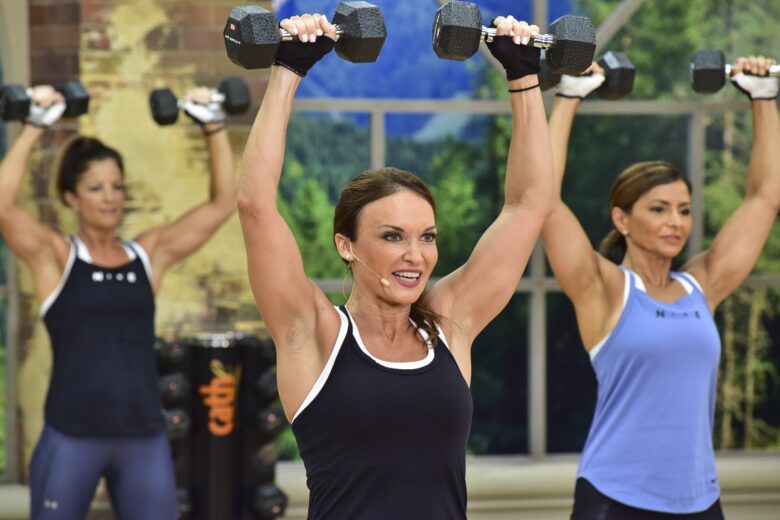
As foam rollers and other muscle recovery equipment are commonly seen by people stretching in the gym, you might want to associate foam rolling with bodybuilding or gym activities. However, muscle recovery equipment can be used in virtually any sports, like all sports work for different muscle groups. Targeting certain muscles with muscle recovery equipment can help stimulate blood flow and aid in helping those muscles recover quickly so you can keep to your current fitness routine.
Below we have detailed the numerous sports that muscle recovery equipment is effective in. This list is not limited to certain sports. If you are a dancer, gymnast, or fencer, to name a few, muscle recovery equipment will be great for you too. Just target those certain muscle groups, and you’ll feel the benefits in little to no time!
Using muscle recovery equipment for runners
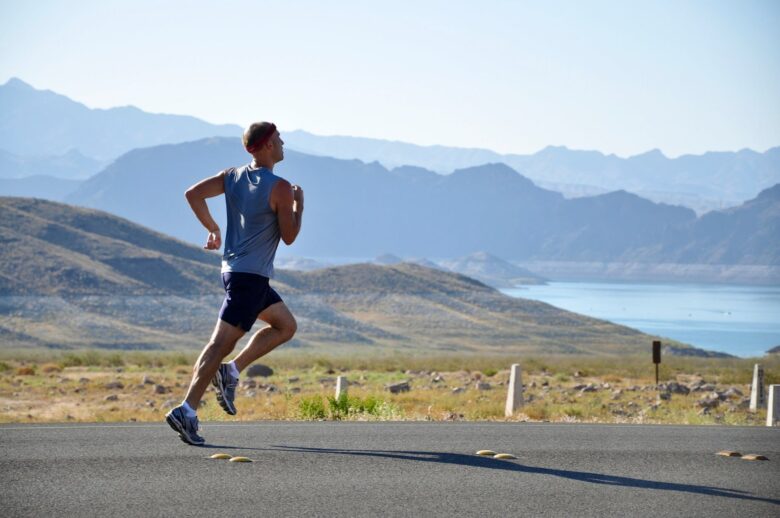
Whether you enjoy running in the rain, or when the sun is shining, everyone knows that when you get the running bug, you can easily become addicted. As running is such an effective way to get a sudden rush of endorphins and burn off those calories, your legs might be aching for days post-run.
As the muscles in our legs are the key muscle group used when running, allowing your muscles to recover post-run will help with the next time you venture out on the tarmac. As the muscles in our legs are responsible for carrying our weight and holding up our entire body, we need to make sure that we are looking after our legs and when they tell us they are achy, we listen and let them recover properly.
Runners really put their legs through their paces…pardon the pun! We recommend using a foam roller to let the leg muscles recover and relax. By gently rolling over the glutes, hamstrings, calves, and quads with your foam roller or other muscle recovery devices, this will increase blood flow to the muscles, ease soreness and reduce the risk of injury. If you want to really get those muscles pumping, you can try a vibrating foam roller such as this one from Pulseroll, which is an effective way to foam roll with less physical effort on your part, the technique is just to apply pressure! Simple really!
Using muscle recovery equipment for swimming
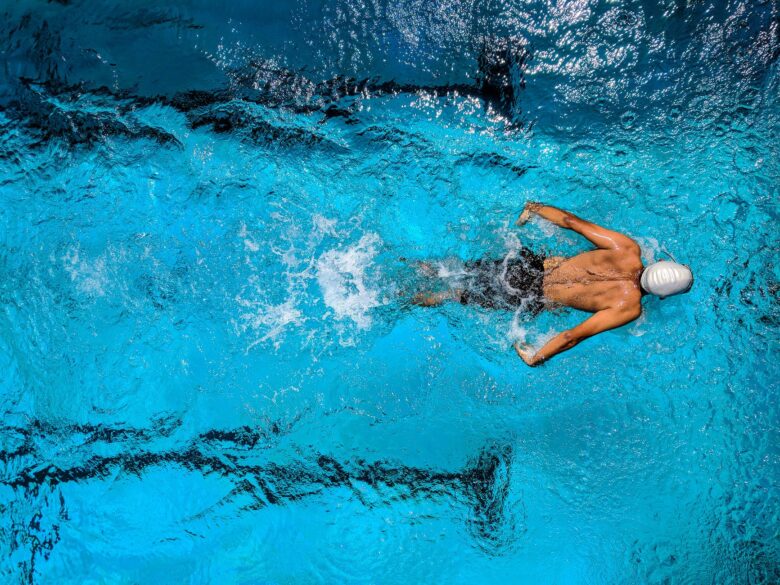
As swimming is one of those sports that uses nearly all of your muscle groups, allowing time for your muscles to recover is super important. Depending on the type of crawl you are doing, whether it is breaststroke, front crawl, butterfly, or backstroke, you will work a whole host of muscle groups. In swimming, the muscle groups you are working the most are the back and arms, as these body parts help you propel your weight in the water. Try using muscle recovery equipment and, for example, a massage gun, post-swim to really let these muscles recover.
Massage guns help deliver strong pulses to your muscle tissue, targeting specific trigger points and areas. When used frequently, it can also improve posture and leave you looking and feeling truly great!
Using muscle recovery equipment for golf
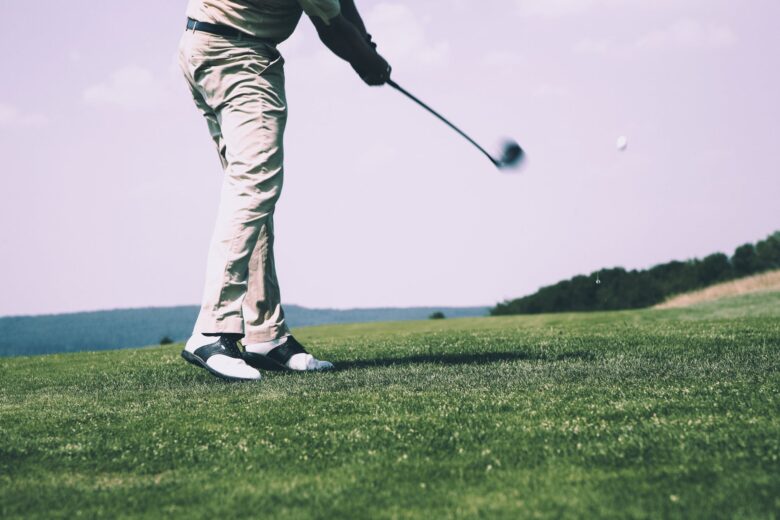
Muscle recovery equipment should not only be used in fast-paced, aerobic sports, but also those sports that use numerous muscle groups. Golf is particularly tough on muscles, especially core muscles. The pectorals, forearms, and hands also undergo stress when playing golf. Allowing your body time to stretch and recover after a round will stimulate blood flow and leave your muscles feeling eased. If you are heading back to the office and will be typing or using your hands and arm muscles a lot after golf, using muscle recovery equipment will help you continue with your usual day-to-day tasks.
We recommend using a massage ball on the palm of the hand to stimulate the blood flow. Simply place the ball on a flat surface and apply pressure with the palm of your hand. Try moving it around in circular motions. Alternatively, if you don’t have this equipment, try using a stress ball, this will stimulate the muscles too!
Using muscle recovery equipment for tennis
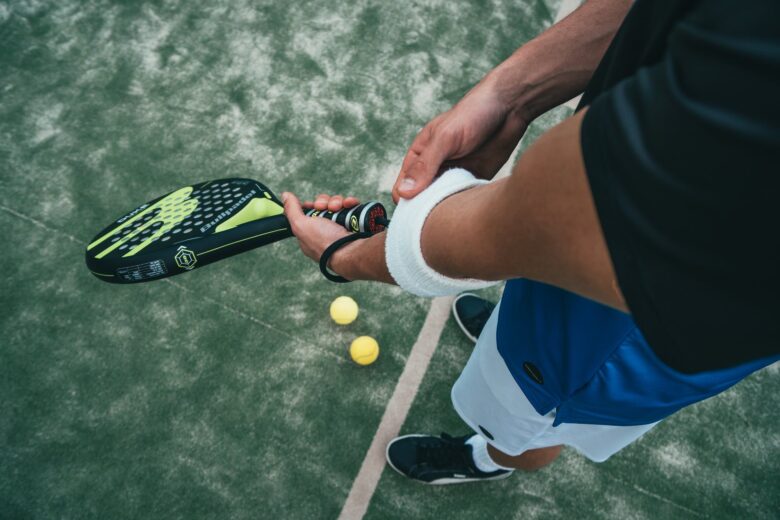
Due to the swinging of the racket, people usually think the upper body is mostly used during tennis but it’s actually your leg muscles that are doing most of the hard work! Using a foam roller on the legs will be hugely beneficial for any tennis player to keep them on their feet! Also, a foam roller can literally be used under the feet. Try rolling it back and forth under each foot to ease soreness. As tennis players undergo many struggles with achy muscles, keeping your muscles in good shape will do them the world of good!
Using muscle recovery equipment for cricket
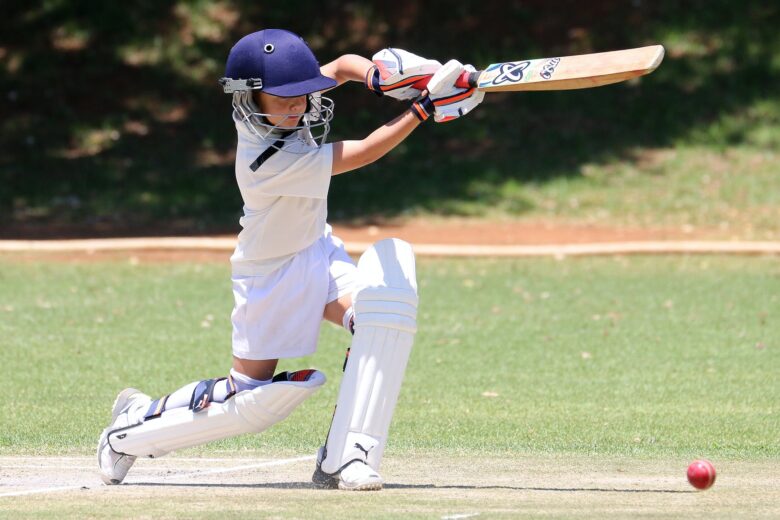
For both bowling and batting in cricket, the most used muscles are the triceps. This is where the power comes from in order to protect the ball as far as possible. Using a massage gun on the triceps in an up and down motion, from the armpit to the elbow can help to ease soreness and prevent injury. You can also use it in circular motions whilst moving it up and down the tricep.
Building recovery time into any exercise program is so important. Recovery also allows the body to replenish energy and repair damaged muscle tissue to keep your muscles in their best working order and help prevent any future injury.

